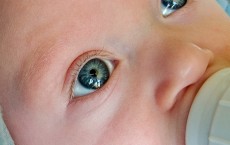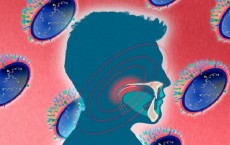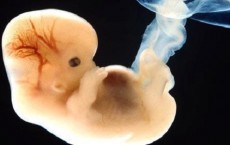
Imagine shooting lightning out of the sky with the help of lasers. That's exactly what researchers are aiming for. They've created new techniques that bring lasers as lightning rods closer to reality.

Forests are often planted to help with carbon capture and storage. But exactly how effective are these trees at keeping carbon? Scientists have found that predictions for carbon storage may just be overestimated.

Scientists have found that 47 percent of the edible U.S. seafood supply is wasted ever year, raising concerns about the sustainability of the world's seafood resources.

Scientists have taken a closer look at a volcanic eruption that occurred in Iceland and have found that the eruption emitted on average three times as much of a toxic gas as all European industry combined.

Scientists are taking a closer look at Przewalski's horses to better understand their history.

New findings published in the Journal of Perinatology reveal that delayed clamping of the umbilical cord of at least 20 seconds may be beneficial for premature infants.

New findings published in the Annals of Allergy, Asthma and Immunology suggest that hospitalizations doubles for kids with asthma who are exposed to secondhand smoke.

Our parents taught us to eat three square meals a day. Yet a new study publsiehd in the journal Cell Metabolism shows that this may not be the healthiest thing to do.

Scientists have found that climate-related changes in flower diversity caused the length of the alpine bumble bees' tongues to shrink

Scientists may have developed a theory to explain why dark matter has evaded direct detection.

Scientists have found that the soft palate, which is the soft tissue at the back of the roof of your mouth, plays a key role in viruses' ability to travel through the air from one person to another.

A new report released today by the U.S. Centers for Disease Control and Prevention (CDC) reveals that one in 10 pregnant women in the U.S. report drinking alcohol. In fact, one-third say they binge drink during pregnancy.